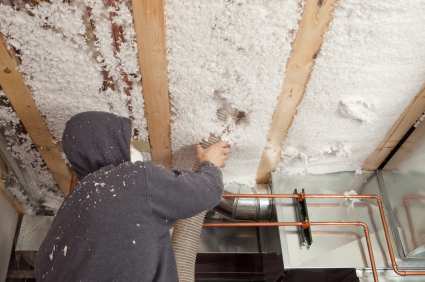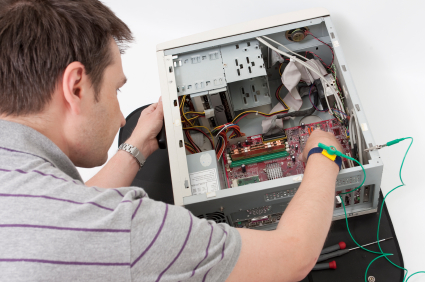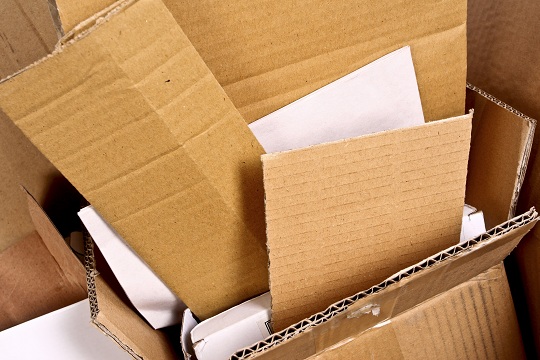You’ve seen your neighbors getting home insulation and you decide it’s time to consider this for your home too. Home insulation can offer many benefits; not only does it have the potential to significantly reduce your energy bills, but your home will be a more comfortable place to live, it will add value to your property and you are helping the environment by reducing your carbon emissions. Having decided that you wish to proceed with home insulation, you are faced with the task of deciding which type of insulation to opt for. There is a range to choose from, but blown-in insulation is a popular choice. Alternatively known as loose fill insulation, this type of insulation comprises loose particles, which are blown into your attic or cavity wall space – the gap between the interior and exterior wall of your home. Installation of this type of insulation requires someone professionally trained, as the insulation needs to be evenly distributed and this necessitates the use of specialist equipment. Here we consider the three types of blown-in insulation used in properties.
Fiberglass insulation
This type of insulation is made from tiny particles of spun glass fibers – also called glass wool. There are two types available – that produced as a by-product of manufacturing rolls of fiberglass or that specifically produced for the purpose of blown insulation. There should be no difference in their energy saving potential, as long as they are fitted correctly in accordance with manufacturer’s guidelines. However, if you are looking for the most environmentally responsible option, then choose the blown fiberglass produced as a by-product; this will help to conserve resources and reduce the use of landfill. Fiberglass is non-combustible, so does not require the addition of any chemical fire retardants. Although fiberglass is generally an effective insulator, one disadvantage is that it can lose its ability to insulate as temperatures fall; at extremely low temperatures its insulation can reduce to as low as 50%. Despite the concerns about the safety of blown fiberglass – after all it is made up of tiny glass fibers that could be inhaled into the lungs – it is more of a danger to those installing the insulation, as once in your attic or cavity wall it should pose no threat.
Rock wool insulation
This mineral wool is made using the by-products of blast furnaces in industry, with up to 90% of this type of insulation sourced from recycled material. It is resistant to settling, so they maintain their insulation performance over the whole course of their lifespan. Rock wool’s high R-value – the measure of the resistance to heat flow – due to its density, also means that it is a more efficient insulator. Another benefit is its resistance to the entry of moisture, which can otherwise reduce insulating ability. As with fiberglass, it is naturally non-combustible. Rock wool also offers very good sound insulation, which can influence some people’s decision to use it in their cavity walls and even in their ceilings.
Cellulose insulation
Made from recycled newspapers or cardboard, cellulose is another good environmentally friendly choice for your insulation. It retains its insulating ability at all temperatures, but a big downside is that by its very nature it will burn. To sidestep this problem cellulose insulation is treated with chemicals during its manufacture to make it fire resistant; these chemicals also repel rodents and insects, which can otherwise be attracted to insulation.
Choosing a contractor to install insulation
Having made your choice, it’s time to choose a professional to install your blown-in insulation. If your neighbors, friends or family have recently had attic or cavity wall insulation installed, it often pays to ask about their experiences, as nothing counts more than a good recommendation. However, whoever you choose, make sure that it is someone experienced in installing blown-in insulation. Check that they are certified with the Insulation Contractors Association of America or another similar organization. A creditable insulation contractor won’t mind if you ask for references from other home owners who they have provided insulation for. Also check that the insulation contractor has professional cover, so you can have peace of mind that you do not need to worry about any potential damage that might occur during the work; they should be happy to show you their insurance certificate. Finally ask to see a sample label from the insulation that they use and ask for an explanation; this way you can check the R-number and be sure that they are using insulation from labelled bags – if not you can’t guarantee its quality.











